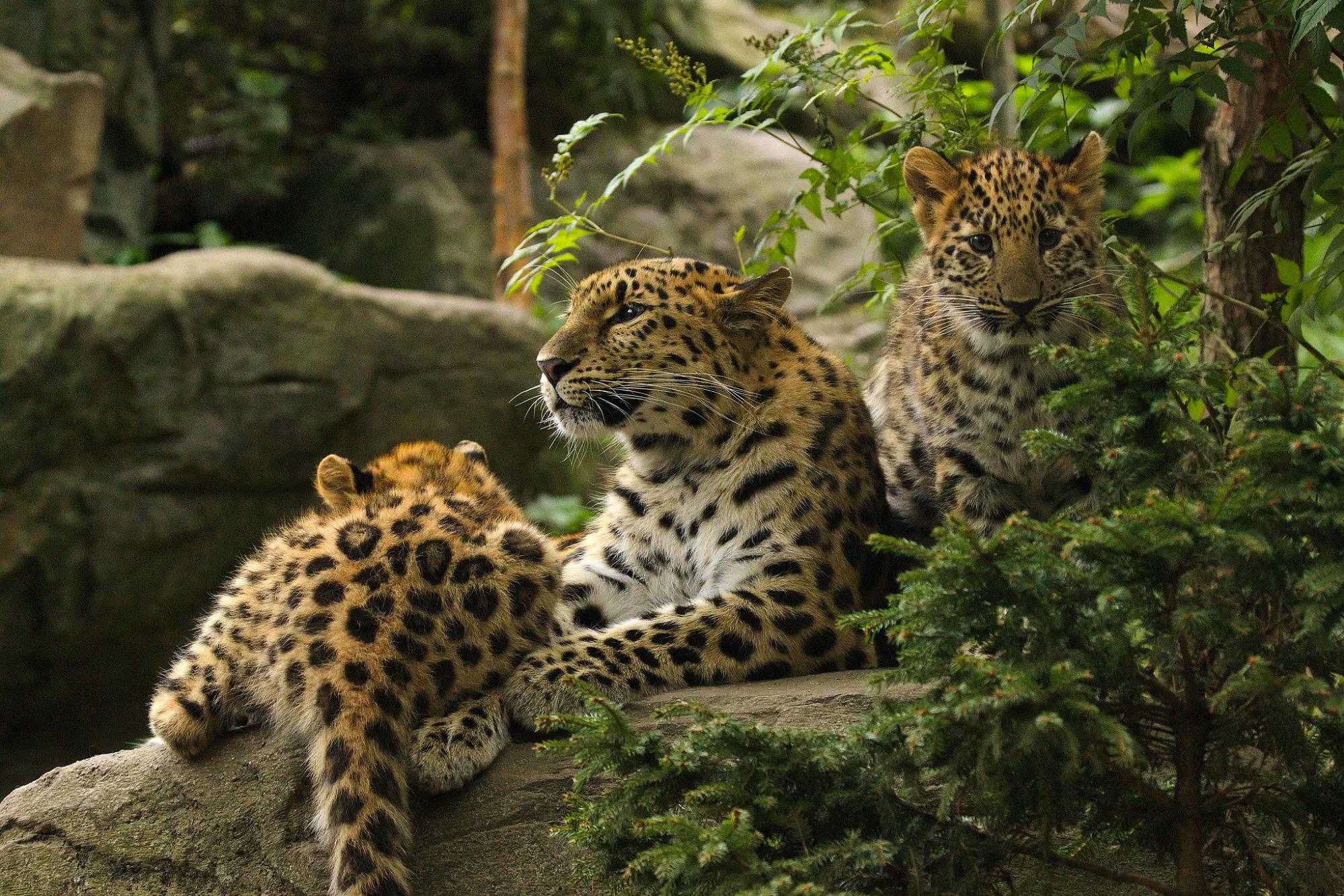The San Diego Zoo recently announced the birth of twin Amur leopard cubs, the world’s most endangered species of big cat. The twins’ mother, Sitka , gave birth to the cubs – the third set of Amur leopard twins to be born at the zoo. This is a glimmer of hope for the critically endangered species.
The birth of critically-endangered Amur leopard twins at the San Diego Zoo in the past is indeed a glimmer of hope for the conservation of this rare species. Amur leopards are one of the most endangered big cats in the world, with only an estimated 100 individuals remaining in the wild. The birth of these cubs is an important event, as it increases the genetic diversity of the captive population and may ultimately help to bolster the wild population through reintroduction efforts.
The San Diego Zoo is well-known for its breeding programs for endangered species and its commitment to conservation efforts. The birth of these Amur leopard twins is a testament to the zoo’s dedication to preserving biodiversity and protecting endangered species. With careful management of the captive population and continued efforts to protect the wild population and their habitat, there is hope that the Amur leopard can be brought back from the brink of extinction
The Amur leopard is a leopard subspecies native to the Primorye region of southeastern Russia and northern China. It is listed as Critically Endangered on the IUCN Red List, as in 2007, only 19–26 wild leopards were estimated to survive in southeastern Russia and northeastern China.
The Amur leopard is one of the world’s most endangered big cats, with only about 100 individuals left in the wild. They are native to the Amur-Heilong region of eastern Russia and northeastern China. The San Diego Zoo’s successful breeding of Amur leopards is a critical step in helping to save this species from extinction.
The Amur leopard is a solitary and elusive animal, known for its beautiful coat of fur with rosettes and spots. They are apex predators and play an important role in their ecosystem. The main threats to their survival are habitat loss, poaching, and human-wildlife conflict. The San Diego Zoo’s breeding program is part of a larger effort to protect this species, which includes conservation programs in Russia and China, as well as efforts to reduce poaching and habitat destruction .
